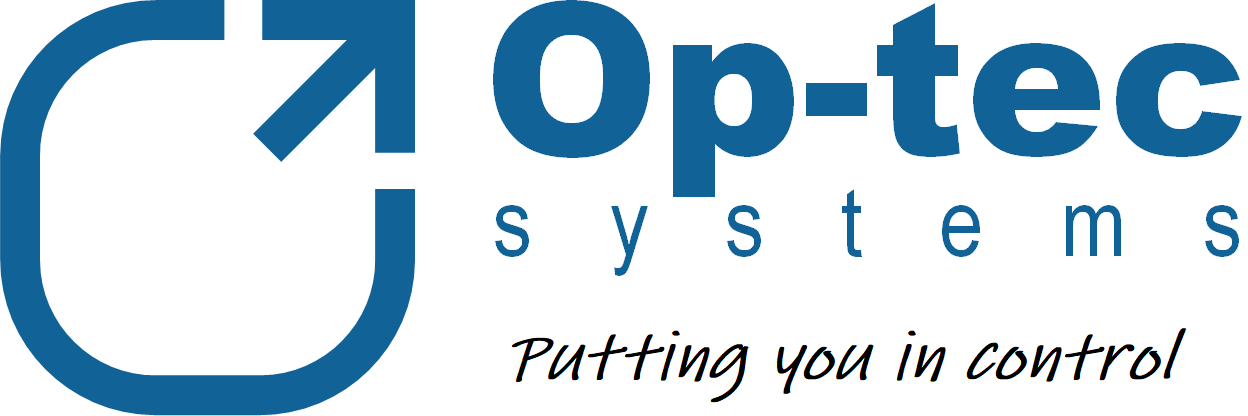How you use data analysis to inform maintenance activity can have a huge impact on the efficiency of your operations. It may never be possible to eliminate the risk of an unplanned shutdown entirely, but smart use of plant data can significantly reduce it.
If you’re sick of praying for things to keep working until the end of the day / week / month / year, keep reading!
Below are simple explanations of common maintenance approaches. If you’re new to the concept of data-informed maintenance, know there are companies out there already pushing far beyond these techniques. For example, using machine learning to identify external factors such as weather patterns or employee behaviour to better inform predictions. Or allowing their systems to automatically order spare parts and schedule preventative work before human operators have the chance to notice anything’s up.
Most likely you’ll say to yourself “we already do this” as you read through. If so, ask whether your existing processes are as effective as they could be. We see people manually undertaking this work a lot, storing records on paper or retrieving it from ‘offline’ equipment only to import it into another system.
So read on, then ask: ‘Could my organisation improve it’s maintenance regimes?’
Corrective maintenance
Wait until something breaks, then take action.
“If it ain’t broke, don’t fix it”
Because it requires doing nothing this is often seen as the most cost-effective option. Only true if the cost of downtime, in-house expertise, and spare parts is less than those associated with a data-driven approach if this is the case.
If equipment in question is critical to operations rapid repair or replacement will be necessary to minimise disruption. Also referred to as reactive maintenance. This approach risks significant costs should catastrophic failure occur, where repair or replacement is not possible within a defined timeframe.
No data is needed for this approach. Information available is often used to diagnose the cause of failures after the event.
e.g. replacing a blown bulb
Preventive maintenance
Intervene before failure becomes likely.
“When was the cambelt last changed?
Maintenance activities are performed before they’re required; typically at predetermined intervals based on historical records or manufacturer recommendations. Sometimes referred to as ‘proactive maintenance’ this technique allows work to be carried out during planned shutdowns minimising disruption. Taking this approach means performing maintenance before it’s needed, so the assumption is the resource needed to do this if cheaper than implementing a more data-driven approach.
This technique can be improved over time by using measurement, analysis and periodic testing to better inform service intervals.
e.g. changing car engine oil every 10,000 miles
Risk-based maintenance
Take the impact into account.
“Get that boiler serviced before winter”
The effect a failure will have on operations and it’s likelihood is used to allocate available resource efficiently. The condition of assets will also be monitored to ensure changing risks, as equipment and machinery ages, is taken into account.
The quantity and quality of data used can vary widely, from the objective analysis of an employee to automated anaylsis of assets over time. It may also be useful to consider factors other than just equipment condition, such as market demand or stock levels. Information gathered can also inform the schedule for replacing or upgrading equipment.
e.g. waiting until a shutdown to install software updates
Condition-based maintenance
Monitor ‘health’ for warning signs.
“No signs of wear…“
Maintenance work is informed through performance monitoring of equipment. Typically, key parameters are recorded over time, and trends which indicate pending failure identified. Manual inspection during outages can also be used to determine when work needs to be carried out.
Automated systems record device parameters over time. Maintenance is required when values deviate from ‘normal’ indicating the probability of a failure has increased to an unacceptable level.
e.g. a motor drawing more current than usual
Predictive maintenance
Specific thresholds for action.
“What does this warning light mean?”
People are automatically alerted when specific scenarios are detected. The characteristics and failure modes of an asset will be known, so when partnered with condition monitoring pending failure can be detected and people warned.
Depending on how sophisticated a piece of equipment is, this may be a single error or warning light or a detailed fault code which accurately indentifies the issue.
e.g. car running in “limp mode” until it’s taken to the garage
Prescriptive maintenance
Recommended action provided.
“The freezer says it needs defrosting”
Users receive specific recommended actions to prevent failure. So rather than a description of the problem, they are given information about the action they need to take to avoid a failure.
No time is needed to fault-find or diagnose problems, as the piece of equipment states exacty what is required to address the situation. This also reduces the skill and expertise personnel need to be able to operate and maintain the asset. Original Equipment Manufacturers (OEMs) may provide this functionality for ‘user serviceable’ equipment, but ensure that more complicated or costly fixes
e.g. dashboard: check tyre pressures
Reliability-centered maintenance
Identifying the best maintenance approach for each asset.
“We can’t suffer a failure”
Past breakdowns are analysed to identify the best maintenance approach for each item of equipment, based on it’s historic and/or anticipated reliability.
In this instance an assets performance and reliability inform the most appropriate maintenance regime. New equipment will be maintained largely in line with the manufacturers recommendations. Then more weight given to historical records of condition and failure rate as the equipment ages. Like risk-based maintenance, when implemented properly this method is labour intensive, requiring knowledge of an assets’ failure modes.
e.g. establishing the safe minimum level of maintenance for an aircraft

